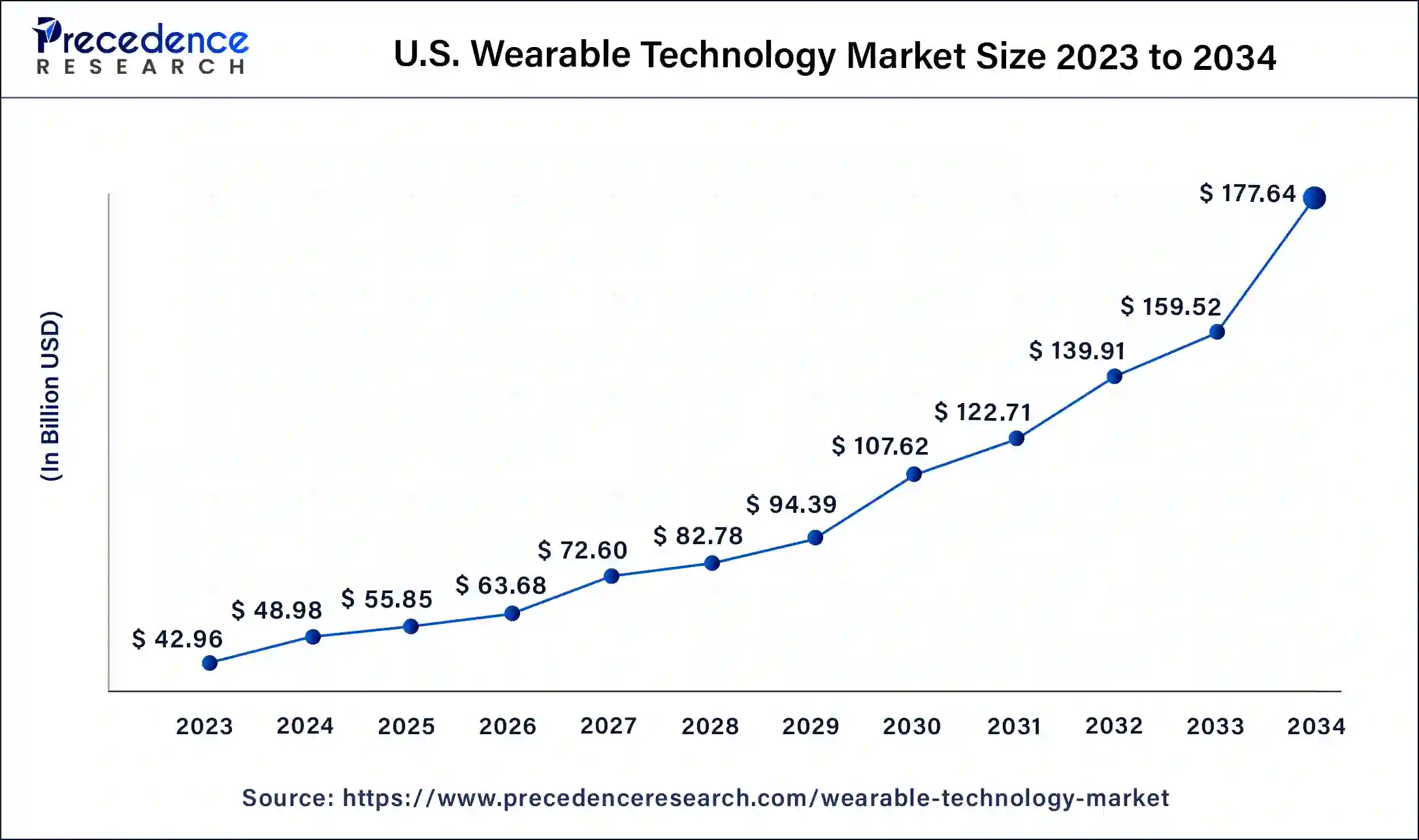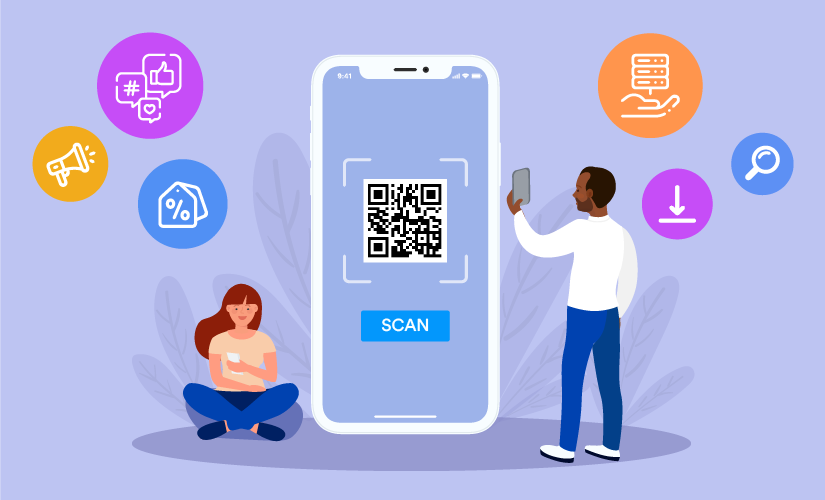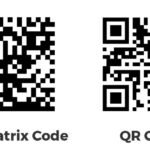QR codes have evolved from simple inventory tracking tools to powerful marketing instruments that bridge the gap between physical products and digital experiences. When integrated into clothing, these square-shaped codes transform garments into interactive marketing channels, offering brands unprecedented opportunities to engage with customers long after the initial purchase.
The Rise of Wearable Marketing

The fashion industry has embraced QR codes as a way to extend brand storytelling beyond traditional boundaries. Unlike static logos or printed messages, QR codes turn every piece of clothing into a potential touchpoint for customer engagement. This technology allows brands to create dynamic connections with their audience, transforming passive consumers into active participants in brand experiences.
Modern consumers, particularly younger demographics, are comfortable with scanning QR codes using their smartphones. This familiarity, combined with the ubiquity of mobile devices, creates an ideal environment for QR code marketing on clothing. The technology offers a seamless way to deliver additional value, information, or experiences without cluttering the garment’s design.
Strategic Applications for Fashion Brands

Product Authentication and Anti-Counterfeiting
QR codes serve as digital certificates of authenticity, helping customers verify genuine products while protecting brand integrity. Each code can link to a secure verification page that confirms the item’s authenticity, manufacturing details, and purchase history. This application is particularly valuable for luxury brands and limited-edition releases where counterfeit products pose significant threats to brand value.
Enhanced Product Information
Clothing labels have limited space for product details, but QR codes can link to comprehensive information about materials, care instructions, sizing guides, and styling suggestions. Customers can access detailed fabric composition, ethical sourcing information, and even videos demonstrating proper care techniques. This approach appeals to conscious consumers who want transparency about their purchases.
Community Building and Social Engagement
QR codes can direct customers to exclusive social media groups, brand communities, or user-generated content campaigns. Fashion brands can create codes that lead to styling challenges, where customers share photos of themselves wearing the item with specific hashtags. This strategy transforms individual purchases into community experiences while generating valuable social proof.
Loyalty Program Integration
Integrating QR codes with loyalty programs creates seamless reward systems. Customers can scan codes to earn points, unlock exclusive content, or access member-only sales. This approach encourages brand loyalty while providing valuable data about customer preferences and shopping behaviors.
Creative Implementation Strategies
Subtle Integration Techniques
The most effective QR code implementations maintain the garment’s aesthetic appeal while providing functional value. Codes can be incorporated into existing design elements, such as care labels, hang tags, or even woven into patterns. Some brands use UV-reactive inks that make codes visible only under certain lighting conditions, creating an element of discovery and exclusivity.
Limited Edition and Seasonal Campaigns
QR codes excel in time-sensitive marketing campaigns. Brands can create limited-edition items where the QR code unlocks exclusive content that changes over time. For example, a summer collection might feature codes that link to different playlists, events, or offers throughout the season, keeping the garment relevant and engaging long after purchase.
Storytelling and Brand Heritage
Fashion brands with rich histories can use QR codes to share their stories in immersive ways. Codes might link to videos about the design process, interviews with creators, or virtual tours of manufacturing facilities. This approach adds emotional value to products while educating customers about brand values and craftsmanship.
Technical Considerations and Best Practices
Code Placement and Design
Successful QR code implementation requires careful consideration of placement and design. Codes should be easily accessible and scannable while maintaining the garment’s visual integrity. Popular placement options include inside seams, care labels, removable tags, or integrated into graphic elements. The code should be large enough to scan reliably but not so prominent that it dominates the design.
Mobile Optimization
Since QR codes are primarily scanned using mobile devices, the destination content must be optimized for mobile viewing. Landing pages should load quickly, display properly on various screen sizes, and provide clear navigation. Slow-loading or poorly designed mobile experiences can frustrate users and damage brand perception.
Dynamic vs. Static Codes
Dynamic QR codes offer greater flexibility by allowing brands to change the destination URL without reprinting the code. This capability enables seasonal updates, A/B testing of different content, and real-time campaign adjustments. While static codes are simpler and often less expensive, dynamic codes provide superior long-term value for marketing campaigns.
Measuring Success and ROI
Analytics and Tracking
Effective QR code campaigns require robust analytics to measure performance and optimize results. Brands should track scan rates, conversion rates, geographic data, and time-based patterns to understand customer behavior. Advanced analytics can reveal insights about customer preferences, peak engagement times, and the effectiveness of different content types.
Customer Feedback Integration
QR codes provide excellent opportunities for collecting customer feedback through surveys, reviews, or interactive polls. This direct feedback loop helps brands understand customer satisfaction, identify improvement opportunities, and develop products that better meet market demands. The immediate nature of QR code interactions makes customers more likely to provide honest, detailed feedback.
Emerging Trends and Future Opportunities
Augmented Reality Integration
The convergence of QR codes and augmented reality creates exciting possibilities for fashion marketing. Codes can trigger AR experiences that allow customers to see how different colors or styles might look, access virtual fitting rooms, or view 3D product demonstrations. This technology is particularly valuable for online retailers looking to bridge the gap between digital and physical shopping experiences.
Blockchain and NFT Integration
Forward-thinking fashion brands are exploring connections between QR codes and blockchain technology. Codes can link to NFT certificates, verify ownership of limited editions, or provide access to exclusive digital collectibles. This approach appeals to tech-savvy consumers while creating new revenue streams and brand engagement opportunities.
Sustainability Messaging
As environmental consciousness grows among consumers, QR codes offer powerful ways to communicate sustainability efforts. Codes can link to information about recycling programs, carbon footprint data, or the environmental impact of specific garments. This transparency helps brands build trust with environmentally conscious customers while demonstrating commitment to sustainable practices.
Implementation Challenges and Solutions
Technical Barriers
Some customers may be unfamiliar with QR code scanning or lack compatible devices. Brands should provide clear instructions and alternative access methods, such as shortened URLs or NFC tags. Education campaigns can help familiarize customers with the technology while highlighting the benefits of engagement.
Content Relevance
The success of QR code marketing depends heavily on providing valuable, relevant content. Codes that lead to generic brand information or irrelevant offers quickly lose their effectiveness. Brands must invest in creating compelling, exclusive content that justifies the scanning effort and enhances the customer experience.
Looking Forward
QR codes on clothing represent a significant opportunity for fashion brands to create deeper customer relationships, provide enhanced value, and differentiate themselves in competitive markets. Success requires thoughtful integration, valuable content, and ongoing optimization based on customer feedback and analytics.
As technology continues to evolve, QR codes will likely become even more sophisticated, offering new ways to blend physical and digital experiences. Brands that begin experimenting with QR code marketing now will be well-positioned to leverage future innovations and maintain competitive advantages in an increasingly digital marketplace.
The key to successful QR code marketing lies in viewing these tools not as mere technological additions, but as bridges that connect products to experiences, customers to communities, and brands to lasting relationships. When implemented thoughtfully, QR codes transform clothing from simple garments into powerful marketing assets that continue delivering value long after the initial purchase.

